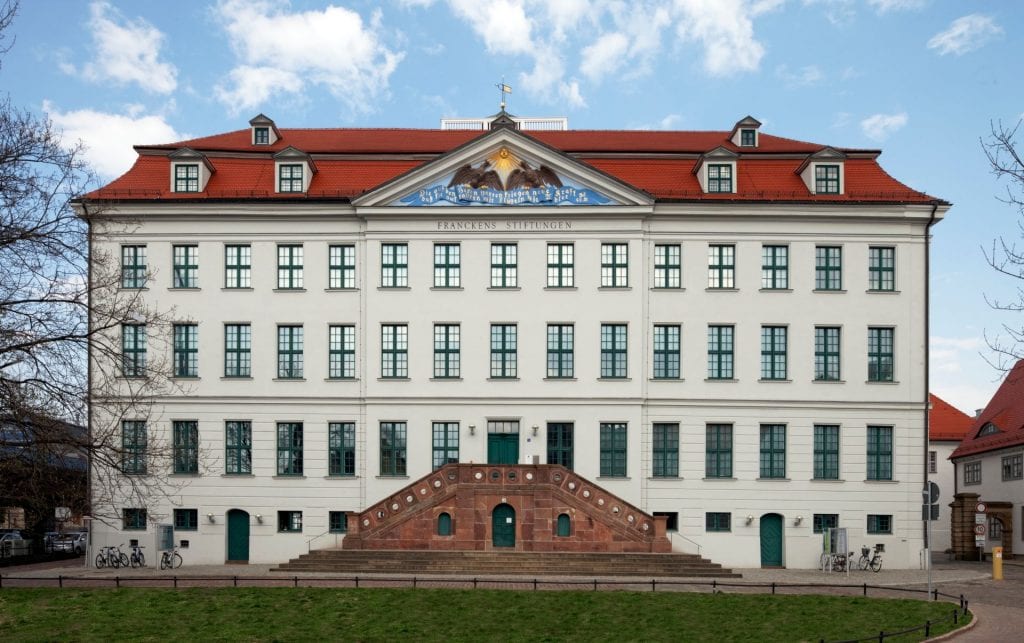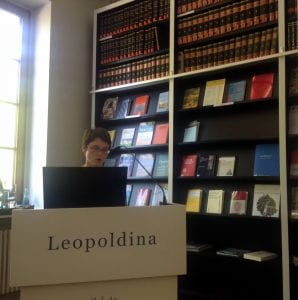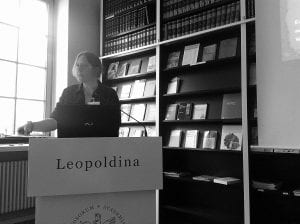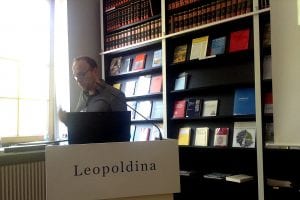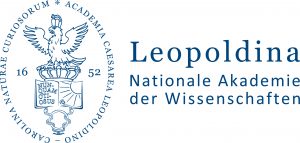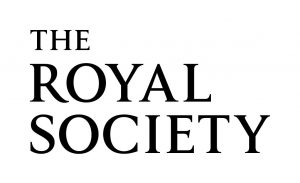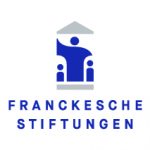Update, July, 2018: News from Workshop I
We had a great first workshop in Halle, with two keynotes, a slate of wonderful papers, an energetic final roundtable, behind-the-scenes curator’s tours of the Frankesche Stiftungen’s Kunstkammer and the archive of the Leopoldina, a historic concert within the Hall Orphanage, and many opportunities for socializing and brainstorming.
We discussed several different elements of the cultures of collection in scholarly societies in Workshop I of “Collective Wisdom” with an overall focus upon the interrelationships between medicine, natural philosophy and collecting practice. From a discussion of the interplay between intellectual networks, urban and country house spaces in creating collections of naturalia, to comparison of physical catalogues and analysis of scientific journals to ascertain the nature and purpose of objects collected, to the role of curiosity and play, we have analysed several influences in the development of collective wisdom in the academy. These are some of the insights and connections between papers we discussed in our concluding roundtable.
One theme that arose was the role of realia and artificialia in medical education, and the use or misuse of objects in collections for pedagogic purposes. Anna Maerker’s paper showed to what extent wax anatomical and obstetric models produced between 1784 and 1788 became a flashpoint in professional rivalries between physicians and surgeons in the Josephinum. The debates were bound up with gender norms, Enlightenment sensibility and the notion of character development, as well as utility to the state. To what extent were anatomical models of real use or detraction from medicinal arts, mere spectacles or useful tools?
So too, Kelly Whitmer’s paper, particularly in its analysis of Comenius, shows the fuzzy boundaries between play, utility, and objects of godly and human creation in educational reform. We find the emphasis on play in many of the papers particularly illuminating, since one might have assumed that playfulness was sacrificed in the passage from purposefully disordered Kunstkammer to organized Museum. To the contrary, we discussed how playfulness and pleasure remained central but were retooled and reframed.
Pleasure arose out of the things themselves, but it was a pleasure that had to be grounded in practical realities, enjoyment from application. In a particularly striking example, children’s dramatic performances taught classification of plants and materia medica. Recreational mathematics required collection of instruments. Pedagogical realism engaged with collections of realia.
Play also extended to the very naming of objects.

Vera Keller speaks on Johann Daniel Major, an early Leopoldina member who claimed to establish a new science of Kunstkammer organization
Vera Keller’s analysis of hyphenated titles in the museology of Johann Daniel Major shows how collections could playfully cross boundaries, particularly for those in-between natural history specimens, such as coral—“stone plants.”
New experimental approaches and new objects did not fit into extant categories, and baroque titles reflected these novel attempts at classification. As Ruhland’s paper shows, early adaptation of Linnaean taxonomy in the Francke Foundation’s Kunstkammer analyses to what extent these new classificatory schemes come to fruition. Svensson’s paper also demonstrates the role of taxonomy and competing schemes in ordering the physic garden in an early modern English context.
Not only intellectual categorisation was important, but the very organising of objects in physical space, whether in the museum or in a larger venue like the city.
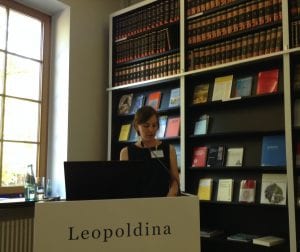
Julia Schmidt-Funke, one of our keynote speakers, speaks about societies formed within the urban settings of Frankfurt and Danzig
Julia Schmidt-Funke’s paper in its analysis of the intellectual geographies also firmly related the creation of natural history collections with urban spaces as centres of trade, as destinations for immigrant merchants and apothecaries, as part of the day-to-day commercial activity of the city. Roos’ paper analysing the travel diary of seventeenth-century English naturalist and apothecary James Petiver delineated the scientific peregrination from country house to urban gardens, not only as places of collecting field specimens and materia medica, but as places of observation, and intellectual discourse. The confabulatory life of the natural philosopher cum physician and concomitant creation of natural history collections were firmly bounded to space and place, whether physical locality or the Republic of Letters. We also see a glimpse of this confabulatory life in Maria Avxentevskaya’swork about the album amicorum, Stammbücher, or friendship albums, constructed by early modern Dutch and German-speaking students. They collected knowledge and contacts on their academia peregrinatio, self-fashioning as cosmopolitan and well-educated men with international contacts and wide-ranging natural philosophical knowledge.
Analysis of printed works is also important to understand the rationale of collections and collecting, as Kraemer’s analysis of the Miscellanea Curiosa, the journal of the Academia Naturae Curiosorumwell demonstrated. Much like a contemporary cabinet of curiosities, albeit on the two-dimensional space of the printed page, the journal juxtaposed a potentially open-ended number of strange things that were deemed of particular value for the study of nature.
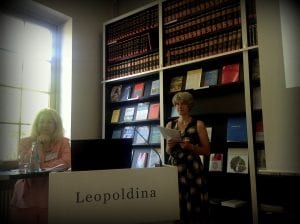
Chair Anja-Silvia Goeing introduces Joanna Hedesan’s talk on chymical curiosities within the collections of the Tradescants and Ole Worm
Hedesan’s paper compared the chemical specimens and materia medica in the Tradescant and Ole Worm collection catalogues and tracked them through time as they were collected or created with an eye to understanding their role not only as objects of observation, but in Worm’s case, their use in the chymical laboratory appended to his museum.
Hünniger’s paper, which analysed entomological articles by doctors and natural philosophers in the Philosophical Transactionsand the Acta of the Leopoldina would also allow us to track particular specimens chronologically, in this case accounts of insects in published journals, to understand how and why they may have appeared in museum collections. Analysis such as this allows scholars to comprehend the rationale behind their changing taxonomic classification based upon observations made about their appearance and behaviour.
We would also like to thank the Leopoldina Centre for Science Studies and the Franckesche Stiftungen for being such generous hosts for our first workshop.

